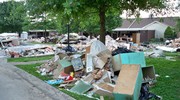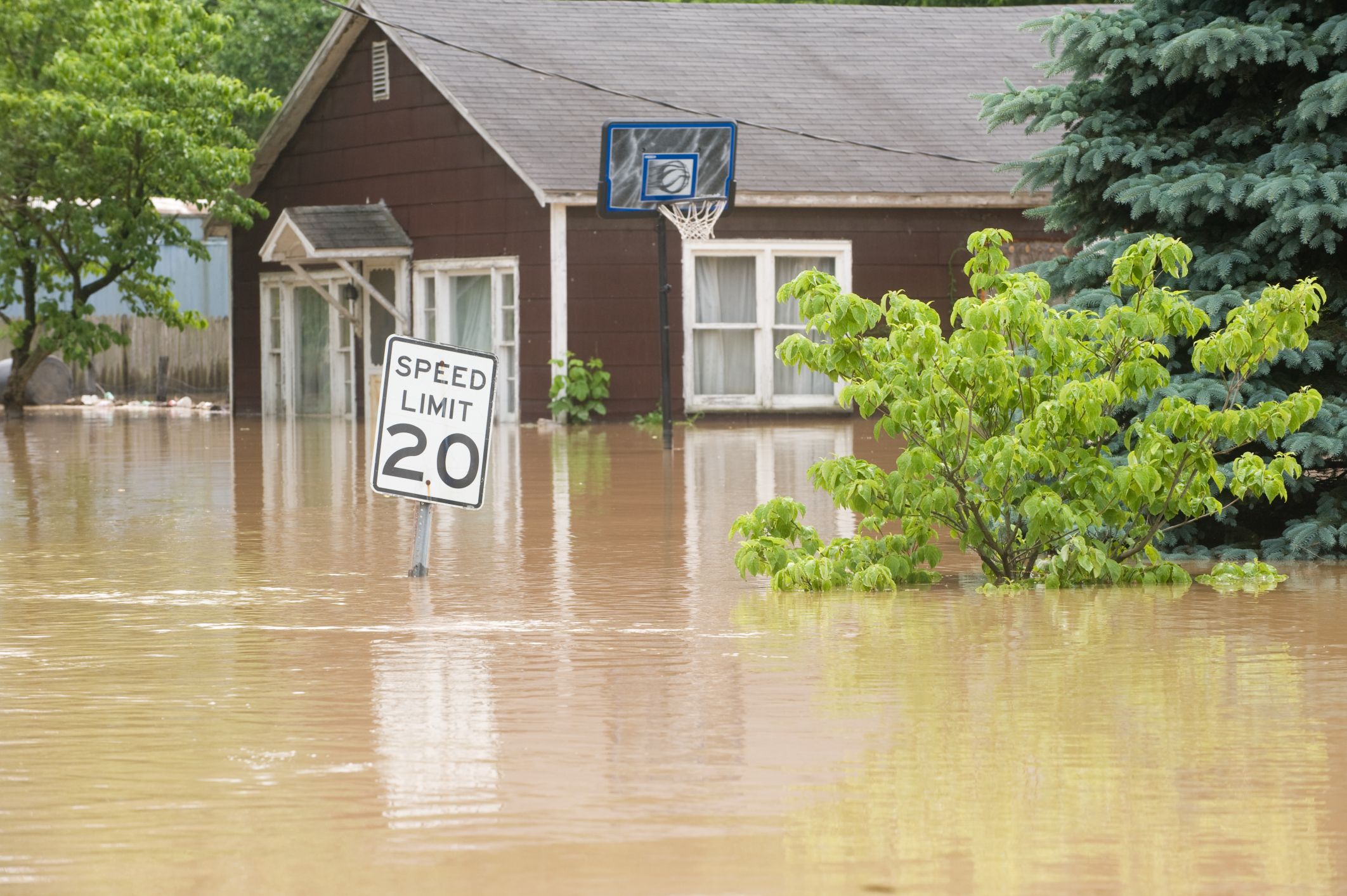Hurricanes remain the costliest natural disasters in the U.S. today, with Katrina ($67.8 billion) topping the list, followed by Sandy ($26.4 billion) and Andrew ($25.8 billion).
The common denominator among these hurricanes: the surprisingly low numbers of affected property owners covered by flood insurance.
With only 5% of American homeowners insured through the National Flood Insurance Program (NFIP), and flash flooding a potential risk everywhere in the U.S., the following information about flood insurance is presented to help insurance agents become more comfortable with what is admittedly a different policy than what they typically sell on a daily basis.
Which properties are eligible for the NFIP?
Related

Despite rising flood risks, less than 7% of homes and high-risk properties are insured for this peril.
The property must be located in a "participating community" where the Federal Emergency Management Agency (FEMA) has authorized the sale of the NFIP. To participate in the program, a community must undergo an application process, which includes adopting local flood plain management regulations, which impose requirements such as standards on new building construction.
Flood insurance can be written within participating communities for:
- Single family dwellings, condo units and multifamily homes.
- Five-or-more family apartment complexes or condominium associations.
- Nonresidential businesses, such as mercantile buildings, commercial agriculture, warehouses and hotels.
- Other nonresidential structures, including houses of worship, nonprofit buildings, schools, state and local government buildings, noncommercial farms, garages and club houses.
The definition of flood
The NFIP policy defines a flood as:
(1) A general and temporary condition of partial or complete inundation of two or more acres of normally dry land area or of two or more properties (at least one of which is your property) from:
a) overflow of inland or tidal waters.
b) unusual and rapid accumulation or runoff of surface waters from any source.
c) Or mudflow
(2) Collapse or subsidence of land along the shore of a lake or similar body of water as a result of erosion or undermining caused by waves or currents of water exceeding anticipated cyclical levels that result in a flood as defined above.
Policy exclusions
The NFIP policy covers direct physical damage from a flood to the structure and covered contents within the structure. Policyholders should be made aware of the following limitations and exclusions:
- Coverage for basement contents is limited to certain items such as the furnace, water heater and circuit breaker (improvements such as finished walls, floors and furnishing are excluded).
- Coverage is excluded for a
- dditional living expenses, loss of revenue and business interruption; l
oss of access to the property; and o
- utside property such as trees, septic tanks, fences and swimming pools.
NFIP policy forms
The Standard Flood Insurance Policy (SFIP) has three forms with the following coverage limitations:
(1) Dwelling Form (residential properties)
a) Building coverage up to $250,000, paid on a replacement cost basis if at the time of the loss the insured lived in the home 80% of the time and the structure was insured for at least 80% of the replacement value, otherwise claim settled on actual cash value (ACV) basis.
b) Contents up to $100,000, paid on an ACV basis.
(2) General Property Form (commercial properties)
a) Building coverage up to $500,000, paid on an ACV basis.
b) Contents up to $500,000, paid on ACV basis.
(3) Residential Condominium Building Association Policy
a) Building coverage limited to $250,000 multiplied by the number of units in the structure or the replacement cost (whichever is lesser); contains an 80% coinsurance clause.
b) Contents up to $100,000 for commonly-owned association contents, paid on ACV basis.

(Photo: Thinkstock)
Elevation maps and flood zones
One of the key factors that help determine a NFIP flood insurance rate is the flood "zone" where the property is located. Flood insurance rating engines allow agents to quickly determine the zone, as well as provide additional information such as the date the community joined the program and the prior flood zone (if there had been a flood map change).
Areas are divided into:
Special Flood Hazard Area (SFHA)
- SFHAs have a 1% chance of flooding in any given year.
- V zones (stands for velocity) are typically along waterfront areas and may generate the highest flood insurance premiums.
- A zones (stands for accumulation) are generally off waterfront areas, but still at high risk of flooding.
Non-Special Flood Hazard Area (NSFHA)
- Properties in B, C, D and X zones are considered low-to-moderate risk areas.
- These properties have a 0.2% chance of flooding annually and may receive reduced rates.
- According to the NFIP, 20% of all flood insurance claims occur in moderate-to-low risk areas.
Pre- and post-FIRM structures
Buildings covered by flood insurance are often referred to as Pre- or Post-FIRM. A building’s classification has an impact on its rates.
- Pre-FIRM structures were constructed before the effective date of the first Flood Insurance Rate Map (FIRM) for a community. These buildings were built before detailed flood data and flood elevations were provided to the community and therefore not constructed with flood protection in mind. Often, they are eligible to receive "subsidized" rates.
- Post-FIRM structures were constructed or substantially improved after the issuance of a community’s first flood map. These structures must comply with FEMA’s flood plain management requirements for the community.
Please call us today for a free quote on flood insurance. Remember, there is a 30 day waiting period if it is not a closing involved on the property!!